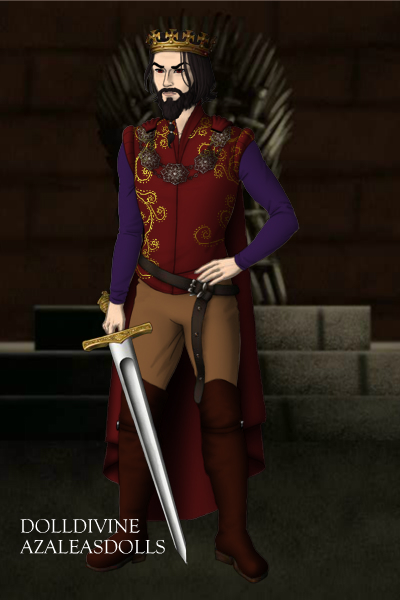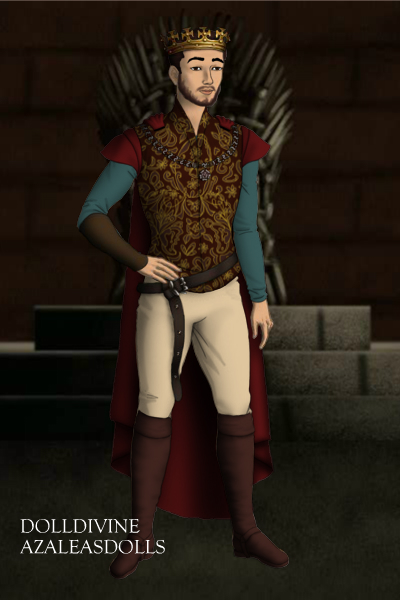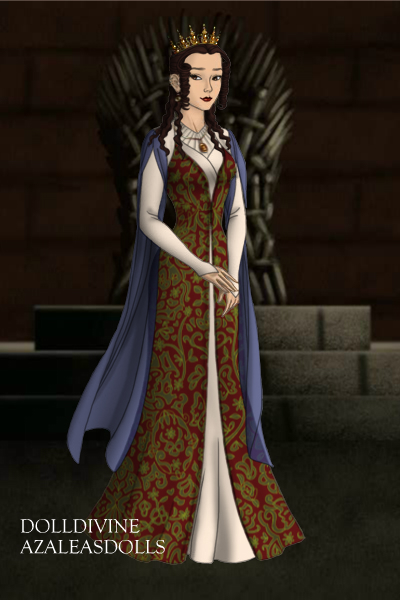Akki – Cultural Information
Akki is a large island, imagine the size of Great Britain for example, with a temperate climate (mildly hot summers, and harsh winters). There are mountains, moorlands, peat bogs, freshwater rivers formed by the mountain streams; the forest trees in the mountains are coniferous, consisting of spruce, pines, and fir trees, while in the lowlands, there are plenty of deciduous trees such as oaks, birch, aspen, and maples. The animals that roam Akki vary greatly, as there are mountain goats, sheep, and the occasional wild boar. There are also, plenty of wild deer, albeit, they are smaller than those found elsewhere in Formaroth; even wild horses that have managed to escape their owners, and remain uncaptured, albeit, it is a rather small flock of horses that roam the wilderness. There are even packs of wolves that roam the country side, as well as red and grey foxes. Squirrels are common as well, and prefer to live in the lowland forest areas, some red squirrels live along the coastal area where finding food is rather easy.
Local Foods
Sea Food – Like other cities oriented on coastal areas, the presence of sea food in Akki, is almost their main source of meat. However, there is a popular dish, which is placing raw sea food items, into brined, saltwater, and serving it, either rolled in brown rice, bound with seaweed, or served with brown rice on the side. After eating the raw sea food, varying from fish, to crab, and lobster, or even eel, the people of Akki, cleanse their palettes with fresh ginger. This dish is often served along the coastal areas where seafood is abundant, and easy to catch.
Mountain Goat Stew – With what goats there are, the people of Akki have a special stew they serve only in the winter time. A gathering of local hunter’s head for the mountains, and proceed to hunt the mountain goats, or rams, that they can find. The meat is held in high esteem as it has a succulent, gamey flavor. In the stew, potatoes, onions, and carrots are added in. It is considered to be a hearty dish.
Spiced Fish and Fruit Soup – A sweet soup, that has cooked fish, such as tuna, salmon, trout, herring, or cod coated in spices, like cayenne pepper, lemon, salt, garlic, and ginger. Not only does the soup have fruit in it, varying from apples, pears, oranges, and even watermelon, the soup also has a large amount of vegetables in it including; cabbage, potatoes, tomatoes, onions, artichoke, and broccoli. It is served year around on the island, with seasonal fruits, and vegetables. As with seafood, this dish is commonly served along the coastal communities where the fish caught are fresh.
Apple-Pear Crème – This delectable desert is served on special holidays, or during festivals. It is made from mashed apples, and pears, with a cupful of milk (provided by goats, or from what little cows they do have on the island), and honey. It is brought to a boil, and then cooled. The people of Akki place this concoction inside a canvas wrapped jar, in a hole in the ground that they have dug, and cover it with rocks. After a week of being buried underground, they bring up the desert, and it is cold, even in the heat of the summer.
Customs
The Lantern Festival
The Lantern Festival takes place at the end of summer, and it commemorates anyone that has passed away. The people of Akki make tiny, wooden boats, and place a candle in the center, surrounded by thin parchment paper. The boats are then placed in the ocean’s waters, and set adrift. For miles around on the coastline, if one is lucky enough to visit Akki, they can see thousands of dancing lights, sailing out to sea.
Shaking Hands
It is a custom amongst the people of Akki, not to shake hands. In fact, it is seen as offensive to shake hands with someone from the island. They prefer to be embraced, and for close friends, they exchange kisses on the cheeks.
Clothes
Nobles
The nobles of Akki, are few and far between, even though the island is relatively large. Therefore, it is rather easy to determine a person’s social status on the island. Noblewomen wear festive, silk dresses. Their hair is always up, except in the privacy of their own homes with their friends, and families, their hair is adorned with pearls, and gold ornaments, some even possess luxurious gems such as sapphires, rubies, and emeralds. They do not wear necklaces, but prefer to wear earrings, and rings on their fingers. Noblewomen wear silk slippers, with wooden soles. As for their counterparts, noblemen, wear silk robes, and go without the adornments of jewelry, save for an insignia ring. Unlike the women, they shave their heads bald, save for a top-knot, or a single, braid. The noblemen prefer to wear round, black hats with tiny bells on top, these are known as bell-hats. They wear boots, or wooden sandals with a thong for the summer time. In the winter time, to keep the cold out, they wear leather gloves trimmed in fur, and cloaks of fur as well. As well, in the winter time, the noblemen, and women exchange their silken attire for those of heavy brocade, or velvet.
Middle Class
The middle class citizens do not wear such luxuries as their noble counterparts. Women and men alike, wear cotton robes, with simple belts. They wear woven, rattan sandals on their feet in the summertime. Most women wear their hair in simple styles, or such as a bun, or a braid. Men grow their hair long, and often wear it in a braid as well, or in a top-knot. They do not wear much jewelry save for the occasional ring, or pair of earrings if they are merchants, or more well-off than their lower-class citizens, the peasants.
Peasants
The peasants of Akki, are poor indeed. For that, men wear tunics of coarse cotton with short breeches of the same material under the hot sun, and women sport dresses of canvas, in the summer time; they typically forgo foot-wear, as most work in the fields, or on fishing boats. However, when the cold comes about, they can be found wearing outfits made of hide, albeit, not as comely as the nobles, but it keeps them warm nonetheless. In the winter, the men wear hide boots, and the women choose moccasin-like footwear. They wrap their hands in canvas cloth to keep the cold out, and stuff their shoes full of sawdust, or dried grass clippings. The men forgo their coarsely made cotton clothes in exchange for sack-cloth tunics and trousers, makeshift cloaks of hide (often obtained from their own livestock). While the women still wear their sack-cloth dresses, the ones in winter are much longer, and are often layered.
Legends
The Dryads of Wyantenock Forest
In the eras of time, when the people of Akki worshipped the Three Divine’s, Giphine, Hizreus, and Hystix, as willingly as they worship the Gods and Goddesses of Klebrithy now, there was a tale of the goddess Giphine. Before the rise of the church of Klebrithy, each of the Three Divine’s represented more natural ideologies than are portrayed in today’s time. Giphine represented fertility, and growth; Hizreus represented Blood-shed, Manhood, and War; Hystix represented the idea of freedom, from freedom to love anyone, and everyone, to freedom of choice, and the freedom to pursue happiness as one saw fit. On the island of Akki, the people of the bygone eras were fierce believers of the Three Divine’s, and created tales and legends centered around these deities. As such, one tale speaks of a dryad. The tale is as follows:
Long ago, in the era of purity, and innocence, in the forest of Wyantenock, there lived an old woman by the name of Ismenia the Witch. Many people journeyed across the island in seek of help for their illnesses, or other bodily problems. One day, a young man came to her, begging for help. She sat him down at her cottage table, and inquired as to what bothered him, for he did not seem sick. He told her that he had asked the father of his dearly beloved, for her hand in marriage. He revealed that her father had rejected him, for he was not fit to marry his daughter, and would not give him a bride-price. In this revelation, while the man suffered a broken heart, Ismenia also learned that the woman had been promised to another man after his proposal. She told the young man, that if he could bring the woman to her cottage, she could make her his forever, in a fortnight when the moon was full. Eager to do anything to be with his beloved, the young man went off to bring his beloved to the witch as promised.
Without fail, by the next full moon, he arrived at Ismenia’s cottage in the dark of night with his beloved, under the light of the full moon. She fed both lover’s a specially brewed potion, and ordered them to follow her into the depths of Wyantenock Forest. Madly in love, and happy to be together at last, the couple followed the elderly woman in the darkened depths of the forest with only the light of the moon to guide them. When she declared that they had arrived at the desired spot, she bade them to drink from a bubbling spring. They obeyed her without delay, and cupped their hands full of the water, drinking with a great thirst. Then, Ismenia instructed them to embrace a grand, oak tree, one of the oldest in the forest. After they had followed her instructions, she bid them to grasp one another’s hands, as she tied leather strips around them. They were unsuspecting in their love, and when Ismenia stepped away from the tree, she lifted her hands into the air, tipped her head back, and began to chant:
Come forth Lady Giphine!
O’ Daughter of the Forest,
Queen of the Land,
The Bringer of Seasons ever-changing,
and our Mother of Love!
Come forth Lady Giphine!
Unite these lovers’ bound,
for all of eternity!
What the lovers did not realize, was that Ismenia had given them draughts of a deadly poison, one that made the drinker hallucinate before falling into madness. A great ball of white light appeared in the sky above, and descended into the forest, where it absorbed itself into the oak tree the lovers were bound too. It was then that the tree came alive. Terrified cries of the lovers filled the air as an unimaginable occurrence happened, the tree was sucking their bodies into its very core. Not before long, the man and the woman were swallowed alive by the tree completely. Ismenia took her leave for the night, and returned only when dawn had broken on the horizon.
When Ismenia had returned at dawn, she smiled knowingly, as before her, she could see the forms of the lovers intertwined, embracing one another, their bodies now made of bark, their limbs the tree’s branches. She had given the lovers what their parents could not, a ceremony of love, to be bound forevermore. The invocation of Giphine had turned them into dryad’s, and for the centuries to come, those that wandered through the forest of Wyantenock, and came upon the dryad’s, they were greeted with an ever-changing scene by the bubbling brook, an eerie image of two lovers embracing, their arms entangled. Yet, if one were to journey to the spring under a full moon, they would see the tree move, and the lovers separate. In their tree form, they would sit by the spring holding hands. However, over time, the exact location of the tree, and the spring were lost. Many people of Akki will not journey into the forest after dark for fear of being eaten alive by the tree’s. Even more so, on a moonlit night, they can hear eerie voices singing through the trees, believed to belong to the paramour lovers, that were now dryad’s of the forest.


